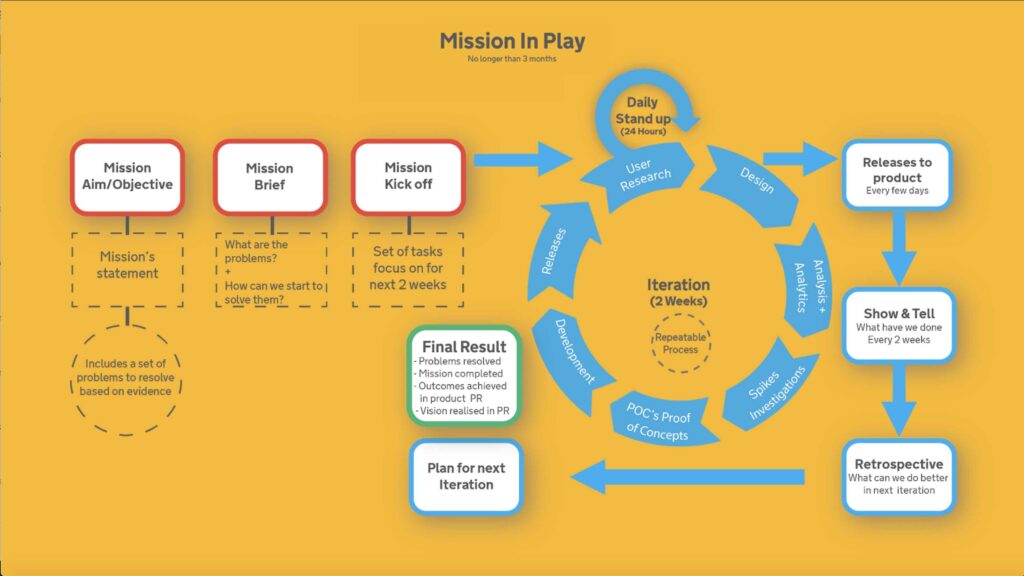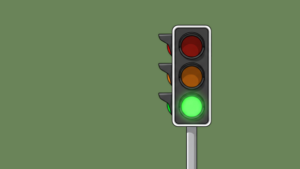
How we do mission-driven development in government
Earlier in the year, we looked at mission-driven development and the benefits it can provide government projects.
At Zaizi, having a clear mission, and being mission-driven, is key to how we work.
In this blog, I’ll give you a step-by-step guide on how we do this at Zaizi.
The ‘missions’ approach allows a team to collaborate better and reach outcomes quicker.
Our missions are 12 weeks long. In our experience, three months is long enough to really understand a problem and come up with the right solutions, and short enough to show value quickly. Missions can be shorter, but never longer.
We take an iterative and agile approach, constantly tweaking the potential solution based on user research.

Step 1: Create a mission brief
This is a short and concise document that details:
- the problems/opportunities we’ll try to solve in the mission
- the team/roles we will need
- how we will measure success
- definition of done – how we know when the mission is complete
Step 2: Hold a mission kick-off session
This is essentially a sprint planning session. All members of the team, who work on the mission, review the brief and then map out potential activities for each of the problems/opportunities.
The mission team agrees which of these activities should be done first and what can realistically be achieved in the first two weeks.
Step 3: First iteration of a mission
In most missions, the first few weeks feel like a mini discovery. It’s really about understanding the problems we’re trying to solve.
This can include activities such as user research, spike investigations and proofs of concepts. These activities help ensure we are solving the highest value problems with the right solutions.
Step 4: Show what we have delivered
It’s key to reflect at regular intervals on what is being delivered and how the team is working. Undertaking agile ceremonies like show and tells and retros every two weeks ensures stakeholders see progress within a mission. It also gives the team a chance to celebrate success or understand how they can improve.
During a mission, when fleshing out potential solutions, we constantly take feedback — both quantitative and qualitative. These ceremonies also encourage that feedback loop.
Step 5: Hold a close-down session
At the end of a mission, we have a close-down session to give an overview of what we’ve done. We show the problems we solved, the solutions we put in place, and the results. We also document and suggest enhancements for future missions.
It’s also a chance to celebrate success!
Step 6: Firebreak
At the end of the three months, we find it’s helpful to have a ‘firebreak’. It’s basically the chance for a multidisciplinary team to take a week’s pause before beginning another mission.
Individuals in the team can take this time to work on any other non-mission related work.




